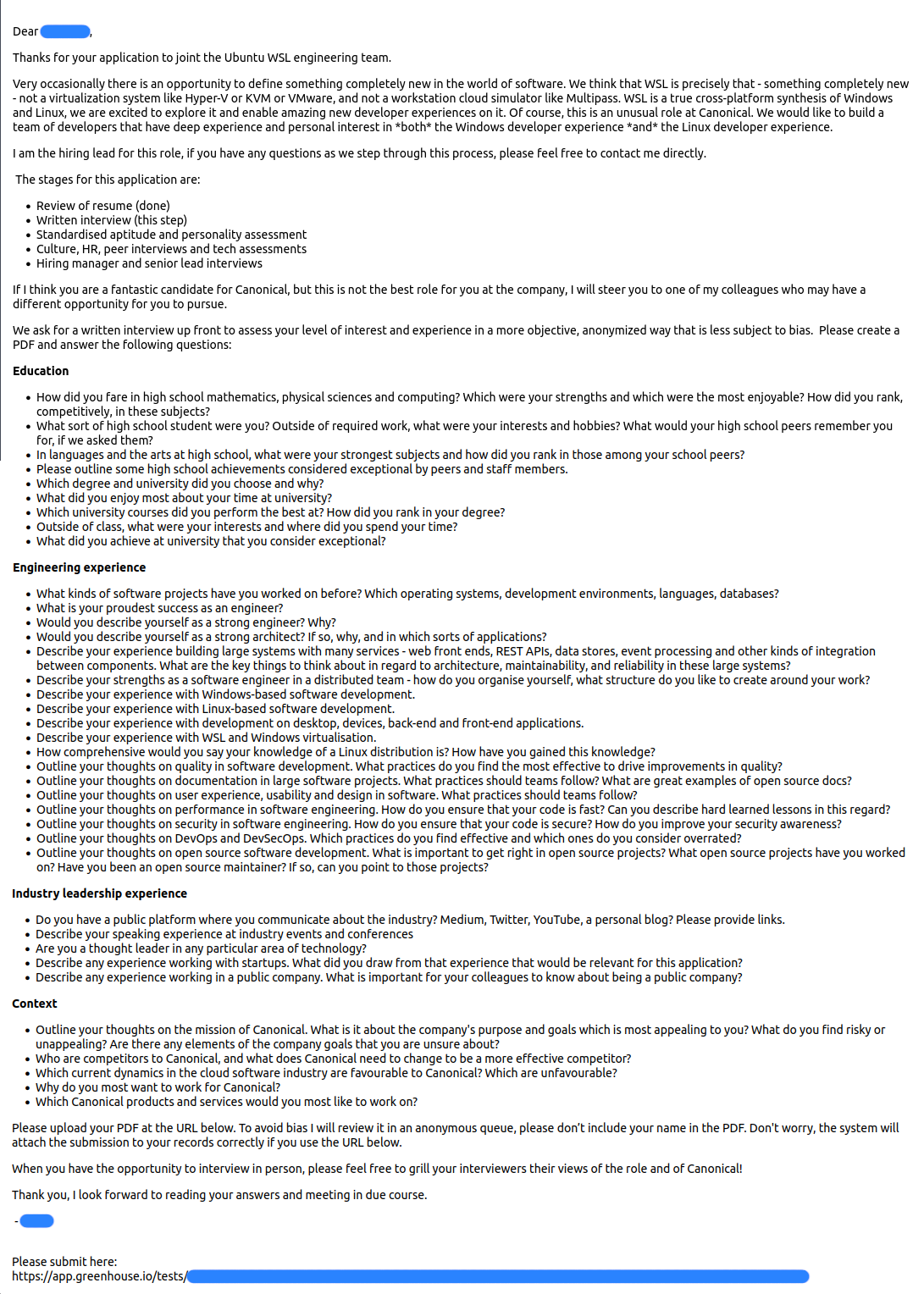There is no shortage of IT workers. But there is a shortage of workers like the ones you have already. That is, young, white, and male. We are making some progress against racism and sexism in hiring, but ageism still seems to be a hidden bias.
While the IT industry is lamenting that they can’t find the people they need, I know many people in my age segment (50+) who have been laid off and can’t find their next job in IT. You need to cast your net wider if you are short of IT professionals. They are out there.






